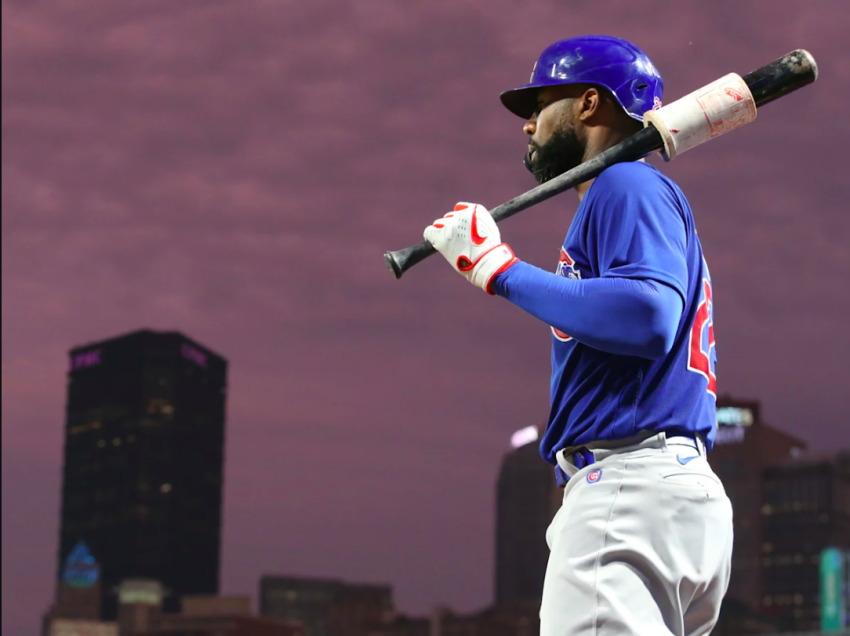The Chicago Cubs, one of baseball’s most storied franchises, have a history of big spending in free agency, but not all of their investments have yielded the desired results. Recent years have seen the Cubs make some high-profile signings that turned into historic flops, leading to speculation that ownership might now be more cautious about opening the checkbook for marquee players. This potential hesitancy comes at a time when fans are eager for the team to reassert itself as a perennial contender, raising questions about the balance between financial prudence and the aggressive pursuit of championships.
The Cubs’ free-agent history is marked by a mix of success and failure, but certain contracts stand out as cautionary tales. Jason Heyward’s eight-year, $184 million deal, signed before the 2016 season, is often cited as one of the most disappointing. Despite his contributions to the team’s historic World Series win, particularly his memorable rain-delay speech in Game 7, Heyward’s on-field performance fell short of expectations. His offensive production never matched the price tag, as he struggled with a subpar OPS and limited power for much of his tenure. The deal became an albatross on the team’s payroll, limiting their ability to make other significant moves during his contract.
Another notable flop was the signing of Yu Darvish to a six-year, $126 million deal before the 2018 season. Although Darvish eventually turned things around and became an ace for the Cubs, his first season was marred by injuries and ineffectiveness, sparking criticism from fans and analysts alike. While his resurgence in 2020 somewhat salvaged the deal, the initial disappointment added to the narrative that the Cubs struggled to get value from their big-ticket acquisitions.
These missteps have likely influenced the current ownership group, led by the Ricketts family, in their approach to spending. The Cubs have shown signs of a more measured philosophy in recent years, opting for shorter-term deals and spreading out resources rather than committing massive sums to a single player. This shift was evident during the 2021-2022 offseason, when the team signed Marcus Stroman to a three-year, $71 million contract rather than pursuing the likes of Carlos Correa or Corey Seager, who commanded much larger commitments. Similarly, their decision to acquire Dansby Swanson for $177 million over seven years, a smaller investment compared to other shortstops on the market, reflects a cautious but strategic approach.
While this strategy may align with ownership’s financial priorities, it has drawn criticism from fans who expect the Cubs to leverage their large-market status to compete with the sport’s biggest spenders. The Ricketts family has faced scrutiny for perceived penny-pinching, particularly after the dismantling of the core that delivered the 2016 World Series. The departures of stars like Kris Bryant, Anthony Rizzo, and Javier Báez—without corresponding blockbuster acquisitions to replace them—have fueled the narrative that ownership is hesitant to spend at a level commensurate with the team’s market size and revenue potential.
However, the Cubs’ caution might not be entirely unwarranted. Free agency is inherently risky, and the long-term deals required to land top talent often age poorly. Recent examples from around the league, such as Albert Pujols with the Angels and Chris Davis with the Orioles, illustrate the perils of committing massive contracts to players who may not sustain elite performance throughout the deal. The Cubs’ focus on developing homegrown talent and supplementing it with mid-tier free agents could be a response to these risks, as well as an effort to build a more sustainable contender.
That said, ownership’s hesitancy to spend big could also be a reflection of broader economic considerations. The COVID-19 pandemic dealt a significant financial blow to MLB teams, and while revenues have rebounded, the Cubs may still be prioritizing fiscal recovery over aggressive spending. Additionally, the team’s investments in Wrigley Field renovations and the surrounding real estate have added another layer of financial complexity, potentially influencing the front office’s budgetary constraints.
The question of whether the Cubs’ historic free-agent flops are directly causing ownership’s reluctance to spend remains open to interpretation. While those failures undoubtedly play a role in shaping strategy, other factors such as economic pressures, organizational philosophy, and market conditions are likely contributing to the team’s approach. For fans, the key concern is whether this cautious spending will translate into on-field success. The Cubs’ recent moves suggest they are aiming for a balanced approach, blending financial discipline with targeted investments, but the ultimate test will be their ability to return to contention in the fiercely competitive National League Central.
In conclusion, the Cubs’ history of free-agent flops, highlighted by deals like Jason Heyward’s and the early struggles of Yu Darvish, may have made ownership more cautious about committing large sums to individual players. While this approach has some merit, particularly in mitigating long-term risk, it has also drawn criticism from a fan base that expects the team to act like a big-market powerhouse. Whether this measured strategy will pay off remains to be seen, but for now, the Cubs’ free-agent philosophy reflects a delicate balancing act between past lessons and future aspirations.
